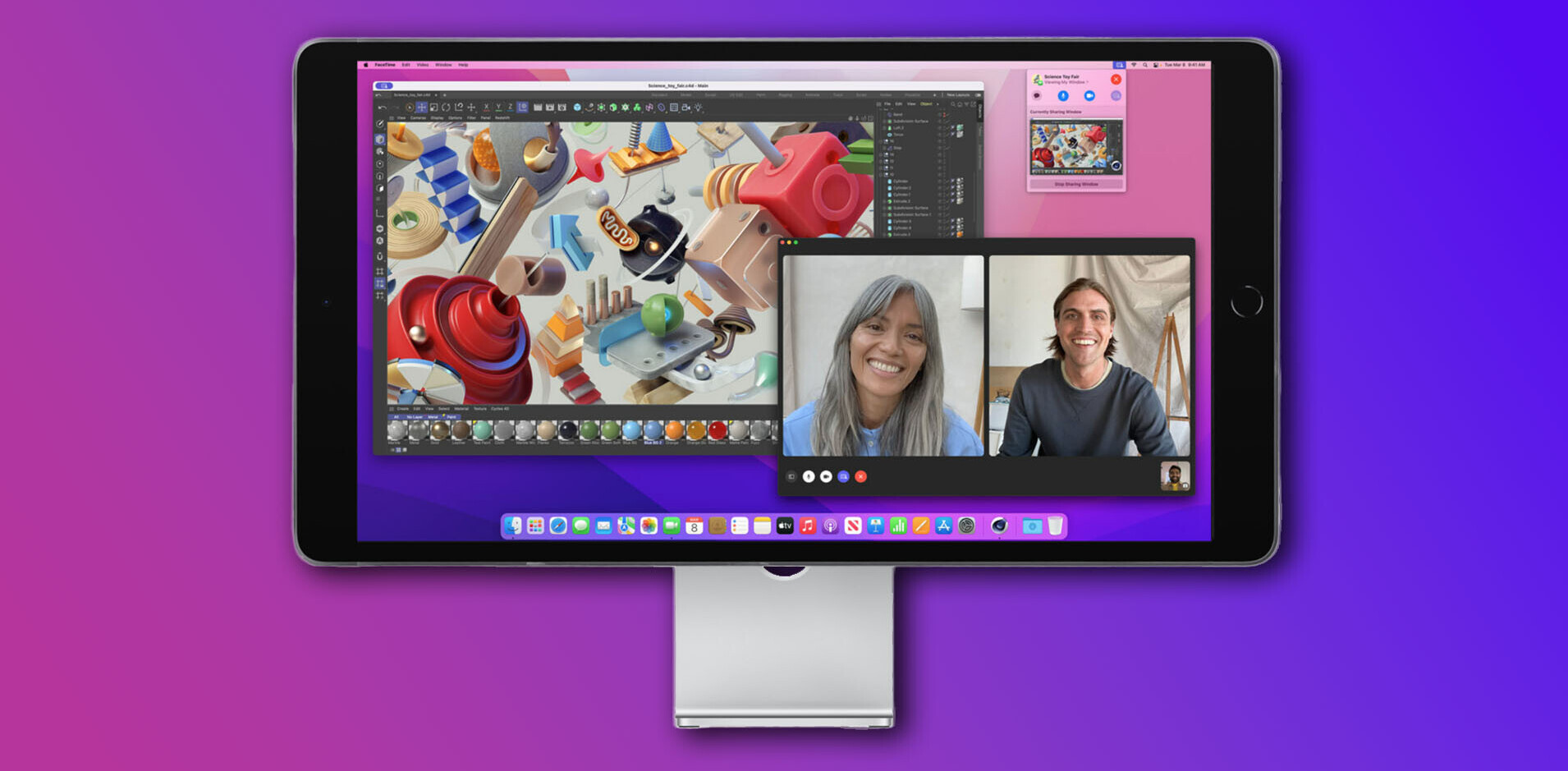
American Airlines has become the first commercial carrier to get Federal Aviation Administration approval to kit out their pilot’s ‘electronic flight bags’ with iPads for use in “all phases of flight”. The development was pointed out by Fantastical developer Michael Simmons on Twitter.
American’s pilots will be using the iPad, which is the only FAA-approved tablet as a replacement for paper-based reference manuals that weigh 35lbs. This will save AA an estimated $1.2M of fuel across all of its planes annually, based on current fuel prices.
“This is a very exciting and important milestone for all of us at American Airlines as we work to modernize our processes and best meet the needs of our people,” said Captain John Hale, American’s Vice President of Flight. “With this approval from the FAA, we will be able to use iPad to fully realize the benefits of our Electronic Flight Bag program, including improving the work environment for our pilots, reducing our dependency on paper products and increasing fuel efficiency on our planes. We are equipping our people with the best resources and this will allow our pilots to fly more efficiently.”
The airline says that it is also working on a program to kit out flight attendants with tablets, in order to give them better information about passengers.
The tablets in cockpits will use software by Jeppesen, which is used for gate-to-gate tracking throughout flights and presumably in takeoff and landing. So at least someone gets to use their tablets any time they want on a flight.
The iPads will be rolling out this month in AA’s 777 fleet. It will get approval for all fleet types by the end of 2012 and cease distributing revisions to its paper manuals in 2013. Every pilot and instructor is getting their own iPad in order to ‘ease the transition’ for use. This is a big expansion after they first got approval for use in cockpits in 2011.
Image Credit: FlyCorporate
Get the TNW newsletter
Get the most important tech news in your inbox each week.





